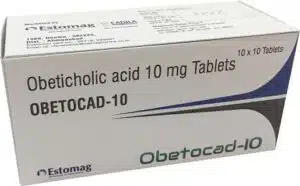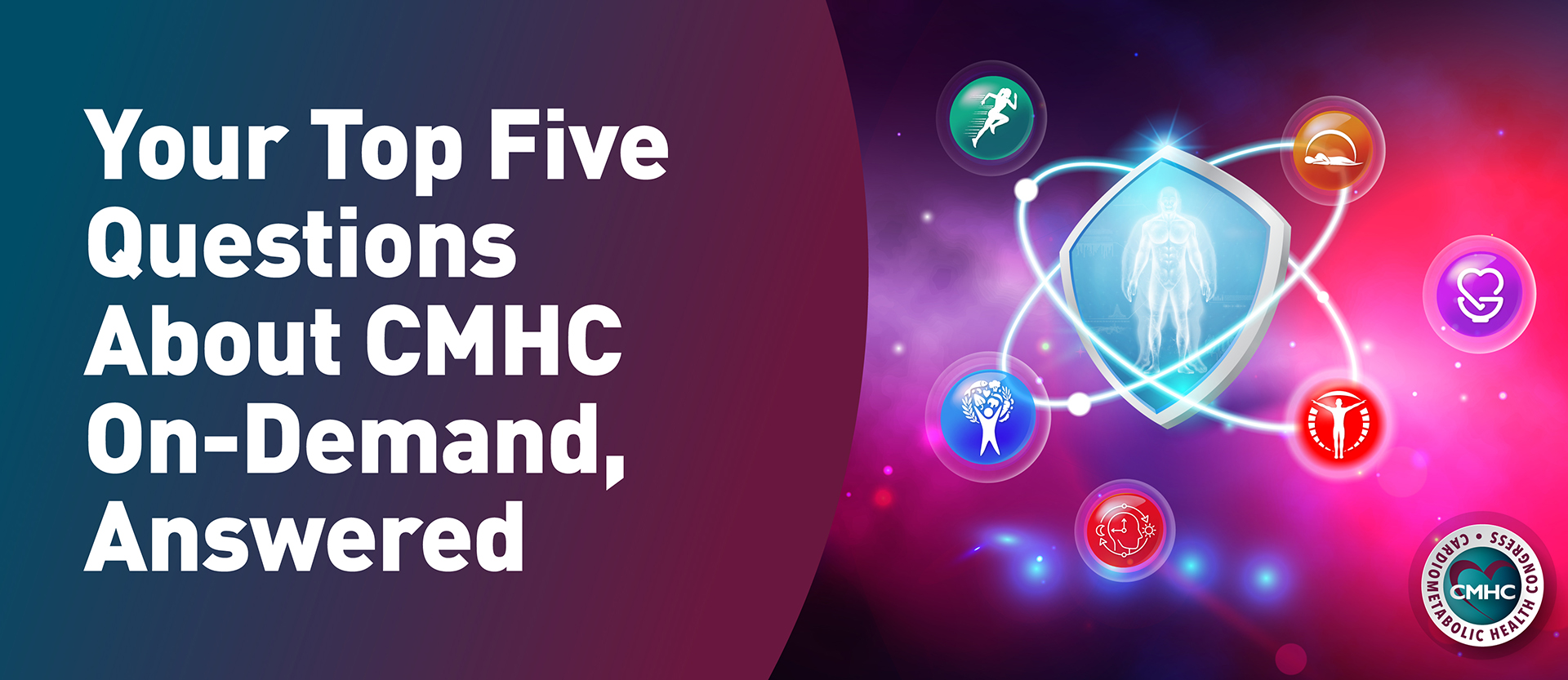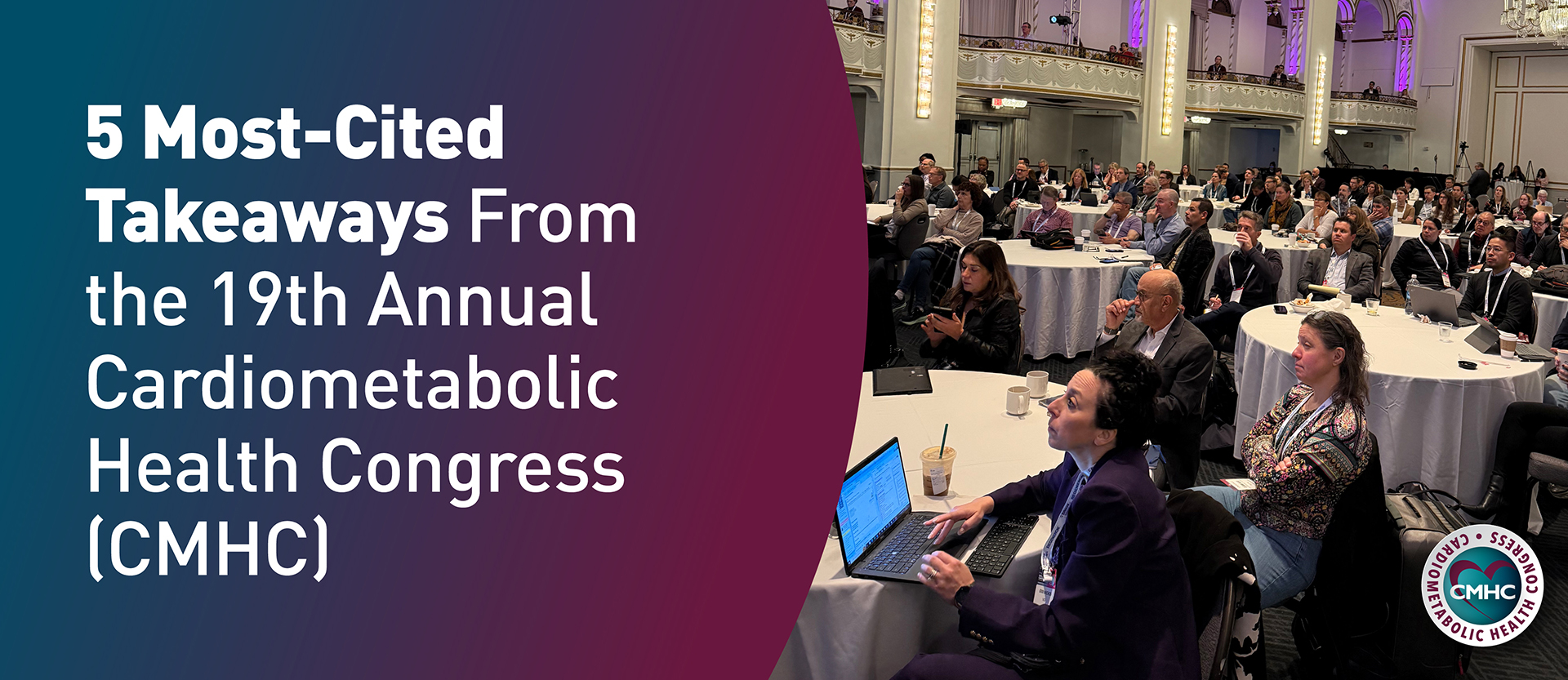The experts behind Cardiometabolic Health Congress have identified 10 stories in cardiorenal medicine to watch in 2023.
10. Iron deficiency anemia (IDA) in nondialysis-dependant chronic kidney disease (NDD-CKD). Anemia is a common complication of CKD, and recent studies have focused on identifying new treatments for IDA in NDD-CKD and better strategies for improving the management of this condition. Find out more by visiting renalidaexplained.com.
9. Expanded indication for empagliflozin in chronic kidney disease. The trend of expanding the indication for sodium-glucose cotransporter 2 (SGL2) inhibitors is expected to continue in 2023. The potential use of oral tablet empagliflozin (sold by Eli Lilly as Jardiance) to reduce the risk of chronic kidney disease progression and cardiovascular death would be based on the results of the EMPA-KIDNEY trial presented at the American Society of Nephrology meeting in Nov. 2022. Read more in Empagliflozin in Patients with Chronic Kidney Disease.

8. Potential drug approval for nonalcoholic steatohepatitis. Clinicians have been waiting for a new therapy for nonalcoholic steatohepatitis (NASH), but due to the complex pathophysiology of the disease more drug candidates fail in trial than succeed. However, 2023 might be the year for NASH, as the U.S. Food and Drug Administration (FDA) is reviewing a submission for obeticholic acid,largely based on its efficacy in the phase 3 REGENERATE study. Read more in Safety and tolerability of obeticholic acid in chronic liver disease: a pooled analysis of 1878 individuals.
7. More developments in factor XI inhibitors. One of the most anticipated developments in anticoagulants for atherothrombosis is the emergence of factor XI inhibitors, which are hypothesized to upstage the current factor Xa inhibitors due to a minimized risk of bleeding. Despite disparate results from recent phase 3 trials, more results are expected in 2023 that may tip the scales in favor of these new agents. Read more in The new in anticoagulation: factor XI inhibitors.
6. Evidence connects autism with diabetes and hypertension. A pooled analysis demonstrated that pediatric patients with autism were more likely to develop cardiometabolic and cardiovascular diseases as adults. Children with autism were almost twice as likely as their peers to develop diabetes (184%) and high blood pressure (154%). Read more in Association Between Autism Spectrum Disorders and Cardiometabolic Diseases.
5. Semaglutide battles tirzepatide for obesity market. While once-weekly injection semaglutide 2.4 mg (Novo Nordisk’s Wegovy) already won U.S. Food and Drug Administration (FDA) approval for chronic weight management in 2021, its competitor tirzepatide (Eli Lilly’s Mounjaro) is currently only approved to treat type 2 diabetes. But, Lilly hopes the new phase 3b SURMOUNT-5 will show Mounjaro is superior to Wegovy in reducing weight and weight-related health conditions, resulting in its own approval expansion. It is possible Lilly will use a different brand name for tirzepatide (Mounjaro) for use in obesity, similar to Novo’s differing commercial monikers of semaglutide (Ozempic in diabetes and Wegovy in obesity). Read more in In heavyweight obesity fight, Eli Lilly launches Mounjaro head-to-head trial against Novo Nordisk’s Wegovy.
tirzepatide (Eli Lilly’s Mounjaro) is currently only approved to treat type 2 diabetes. But, Lilly hopes the new phase 3b SURMOUNT-5 will show Mounjaro is superior to Wegovy in reducing weight and weight-related health conditions, resulting in its own approval expansion. It is possible Lilly will use a different brand name for tirzepatide (Mounjaro) for use in obesity, similar to Novo’s differing commercial monikers of semaglutide (Ozempic in diabetes and Wegovy in obesity). Read more in In heavyweight obesity fight, Eli Lilly launches Mounjaro head-to-head trial against Novo Nordisk’s Wegovy.
4. Updated statement on hyperglycemia in type 2 diabetes. The American Diabetes Association and the European Association for the Study of Diabetes convened a panel to update previous consensus statements on the management of hyperglycemia in type 2 diabetes in adults. The resulting document includes greater emphasis on weight management, information on cardiovascular and kidney outcomes using sodium–glucose cotransporter 2 (SGL2) inhibitors and glucagon-like peptide 1 (GLP-1) receptor agonists, and inform broader recommendations for cardiorenal protection in people with diabetes at high risk of cardiorenal disease. Read more in Management of Hyperglycemia in Type 2 Diabetes, 2022. A Consensus Report by the American Diabetes Association (ADA) and the European Association for the Study of Diabetes (EASD).
3. Cardiometabolic risk persists in the Omicron era. Study results from early in the COVID-19 pandemic confirmed that SARS-CoV-2 infection increases the risk of new-onset diabetes and other cardiometabolic diseases, but it’s unclear whether risks of cardiometabolic disease persist in the new era. Researchers sought to determine if this phenomenon has become attenuated in the current pandemic phase, dominated by the less virulent Omicron variant and higher vaccination rates. Read more in Association of COVID-19 Vaccination With Risk for Incident Diabetes After COVID-19 Infection.
 2. New consensus statement on obesity. The Obesity Society has united with the Academy of Nutrition and Dietetics, American Society of Metabolic and Bariatric Surgery, Obesity Action Coalition, Obesity Medicine Association, and the Strategies to Overcome and Prevent (STOP) Obesity Alliance in recognition of obesity as a disease. This is a critical step in the worldwide effort to expand access to evidence-based treatments for patients living with this disease. Read more in Country’s Leading Obesity Care Organizations Develop Consensus Statement on Obesity.
2. New consensus statement on obesity. The Obesity Society has united with the Academy of Nutrition and Dietetics, American Society of Metabolic and Bariatric Surgery, Obesity Action Coalition, Obesity Medicine Association, and the Strategies to Overcome and Prevent (STOP) Obesity Alliance in recognition of obesity as a disease. This is a critical step in the worldwide effort to expand access to evidence-based treatments for patients living with this disease. Read more in Country’s Leading Obesity Care Organizations Develop Consensus Statement on Obesity.
1. Artificial intelligence in health care. Artificial intelligence (AI)-powered tools have generated a lot of media attention recently, along with heated debates on their value in the health care setting. Using these tools responsibly may alleviate disparities, report on clinically meaningful outcomes, reduce overdiagnosis and overtreatment, consider biographical drivers of health, be easily tailored to the local population, promote learning, and facilitate shared decision-making. This technology is likely to play an increasingly important role in the future of translational medicine, and providers who embrace rather than resist its use will be at the forefront of the AI movement. Read more in Guiding principles for the responsible development of artificial intelligence tools for health care.

















